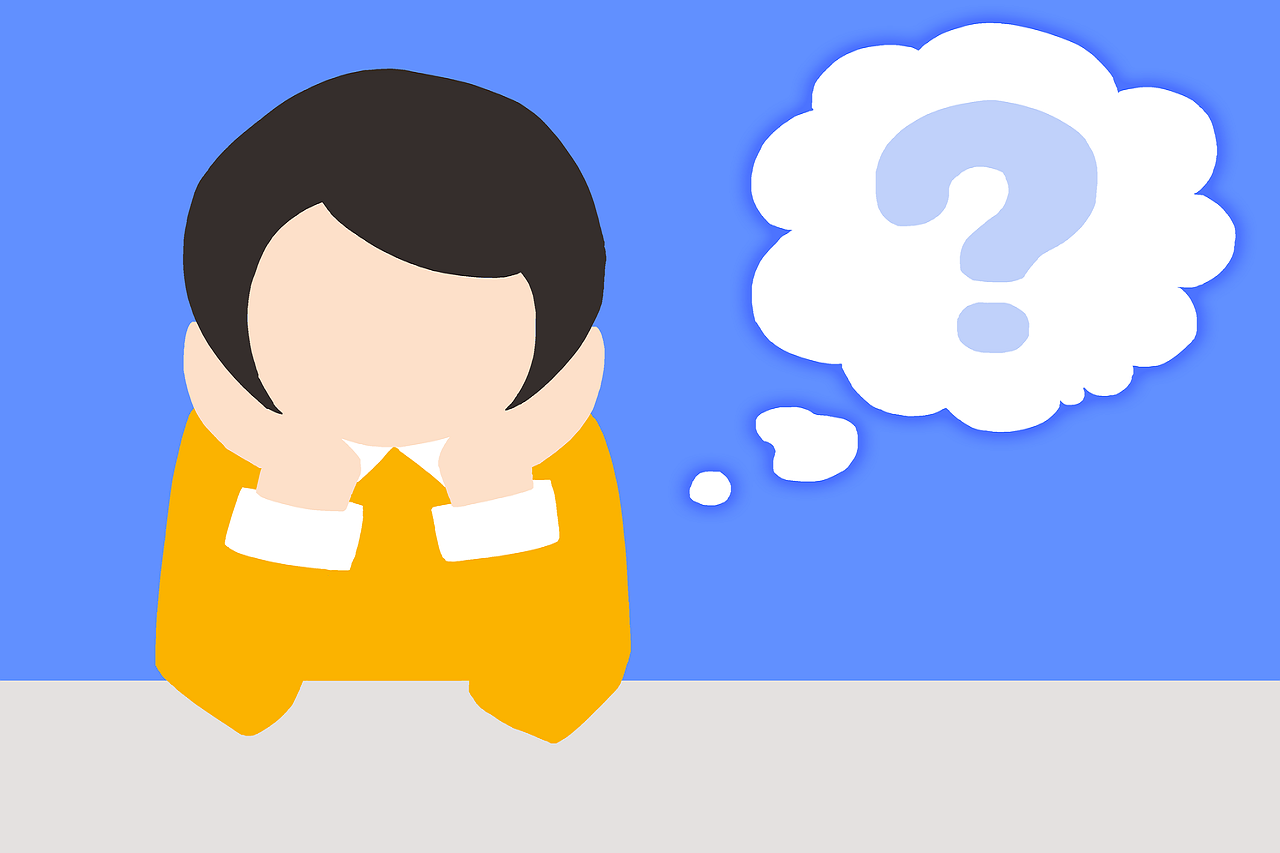- + 91 9958444373
- Malviya Road Dehradun, UK, India.
Blogs detail

Anxiety when confronted with some stressful or unwanted situation
- 2020-07-04
Normally we keep saying that we are having anxiety when confronted with some stressful or unwanted situation that is difficult for us to handle or making us unable to cope with that situation easily. But have you ever tried to find out what exactly are you feeling at that time or what anxiousness is and how severe and dangerous can be its consequences if not recovered at the right time? So I will discuss the various aspects of anxiety disorders (types, causes, treatment etc.) to make you more aware of this disorder.
1) What is an anxiety disorder?
Anxiety is an alerting signal; it warns of impending danger and enables a person to take measures to deal with a threat. Anxiety disorders differ from normal feelings of nervousness or anxiousness and involve excessive fear or anxiety. They are most common of mental disorders and affect 30 per cent of adults at some point in their lives.
2) Do I have an anxiety disorder?
To know this you need to know the following signs and symptoms: a)Emotional symptoms – - Feelings of apprehension or dread - Anticipating the worst - Trouble concentrating - Irritability - Going blank at times b)Physical symptoms – - Pounding heart - Sweating - Headaches - Stomach upset - Dizziness - Shortness of breath - Shaking or trembling
3) What causes anxiety disorders?
a) Environmental factors: stress from a personal relationship, job, school, or fiscal crisis can contribute to anxiety disorders. Even low oxygen levels at high altitude areas can contribute to anxiety symptoms. b) Genetics: People who have family members with an anxiety disorder are more to have one themselves.
c) Brain chemistry: stressful or traumatic experiences and genetic factors can alter brain structure and function to react more vigorously to triggers that would not previously have caused anxiety.
d) Other than all these factors medication and other drugs or harmful substances can also elicit feelings of anxiety in a person. So try being more aware of the things you are consuming and the fact that it should not have any side effects. -Having shyness or behavioural inhibition as a temperamental trait or having anxiety disorder running in families can increase the risk of developing it.
Prevalence: According to the survey of 2018, the prevalence of anxiety disorders ranges from 4% to 20% amongst children and adolescents in India. The mean prevalence rates of specific phobia, social phobia, generalized anxiety disorder and separation anxiety disorder in children and adolescents is 2.2% and 3.6%. Agoraphobia (1.5%) and PTSD (1.5%) are less prevalent while panic and obsessive-compulsive disorder are rare (below 1%).
Comorbidity: the disorders that can co-occur with anxiety disorders are bipolar, major depressive or other mood disorders.
Let us know about several types of anxiety disorders:
1) Generalized anxiety disorder: people struggle with uncontrollable anxiety most of the time, efforts to control them are unsuccessful and have worries and fear that are without grounds of future that is unknown.
2) Panic Disorder: have recurrent panic attacks that are, sudden periods of intense fear that come quickly and reach its peak within minutes and can be triggered due to any object, situation, or an event.
3) Obsessive-Compulsive disorder: it is characterized by unwanted thoughts or repetitive behaviours’ such as hand washing, counting, checking, or cleaning to prevent obsessive thoughts.
4) Post-traumatic stress disorder: can develop after exposure to a terrifying event or a situation in which physical harm occurred or was threatened.
Phobia related disorders are – Phobias are continuous, unrealistic, and excessive fear of any object, place, situation, or activity. Specific Phobia- phobias that are related to excessive fear about an object, animal or situation like height, lizards, spiders etc.
Social anxiety disorder or social phobia: intense fear or anxiety of being negatively evaluated in a social situation even before performing in a social event or a situation.
Agoraphobia: intense fear of being in open or closed spaces or in situations from where escape is not possible or difficult.
Separation anxiety disorder: fear about being parted from the people they are attached. They are not able to remain alone that is without their loved ones.
Selective mutism occurs when people do not speak in specific social situations despite having normal language skills often associated with extreme shyness, social embarrassment, temper tantrums etc. So these are those types of anxiety disorders that can occur to any of us because of specific reasons and is important to treat it properly.
TREATMENT: -
Psychotherapy: having a talk with someone you trust or expressing your problems, fears or concerns can help you get rid of your anxious thoughts and emotions. -
Cognitive behavioural therapy: can help people make aware of their reason for being anxious and can gain coping skills to recover from them.
1) Pharmacotherapy: anxiety-reducing drugs and medications like SSRIs (selective serotonin reuptake inhibitors) can be given to reduce their anxiousness.
2) Support groups: helps people share their experiences of how they recovered from their problems and gain motivation from the same.
3) Other techniques: exercises can help in reducing the stress of the person and therefore reducing anxiety.
Contact now
We are a group of health professionals, including Psychologists, Clinical psychologist, Rehabilitation Psychologist, Counsellors, Mindfulness Experts and Social Workers. We are working since 2018 in India to foster mental health.
Contact Us
recent blogs
-

SADNESS AND DEPRESSION ARE DIFFERENT!
2020-06-16 -

ALCOHOL USE DISORDER (AUD)
2020-06-19 -

SEASONAL AFFECTIVE DISORDER (SAD)
2020-06-12 -

UNDERSTANDING MINDFULNESS MEDITATION
2020-06-03 -

BURDEN OF DEPRESSION
2020-06-17







